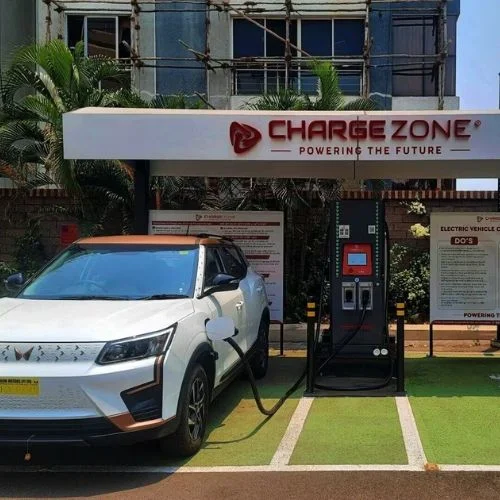A recent report by property consultancy Knight Frank reveals a significant shift in India’s real estate market during the first half of the calendar year 2023. The sales of mid-segment and premium homes have surpassed affordable homes, despite an increase in residential property prices across major Indian cities. The surge in demand for costlier homes has come at a time when the overall sales of residential properties experienced a marginal decline. This article delves into the key findings of the report, analyzing the factors behind this trend.
The report highlights a notable change in the composition of the Indian Real Estate market. In the first half of 2023, the share of mid-segment homes, priced between Rs 50 lakh and Rs 1 crore, increased from 35% to 38%. Simultaneously, affordable homes, priced below Rs 50 lakh, saw their share decline from 40% to 32%. The premium segment, consisting of homes priced above Rs 1 crore, also experienced growth, rising from 25% to 30%.
Since the first half of 2018, the sale of premium homes in India has surged by over 143%, reaching 47,130 units in the first half of 2023, compared to 19,329 units in the same period in 2018. This significant increase in demand for premium properties suggests a rising affluence and aspiration among Indian homebuyers.
The surge in demand for costlier homes coincides with a general increase in residential property prices across various cities in India. Over the past year, property prices rose by 2 to 10%, with Hyderabad experiencing the highest jump at 10%. Mumbai and Bengaluru followed with price increases of 6% and 5%, respectively. Kolkata saw the lowest rise at 2%.
Although the mid-segment and premium home segments saw robust sales growth, the overall residential property sales experienced a slight decline in the first half of 2023. A total of 156,640 units were sold during this period, compared to 158,705 units in the same period in 2022. This decline in sales indicates that the demand for affordable homes has actually decreased.
The number of residential property launches increased in the first half of 2023, reaching 173,364 units—the highest number recorded since 2018. This surge in launches, however, led to a 7% increase in unsold inventory, totaling 471,573 units during the same period. The steepest increase in unsold inventory was observed in Hyderabad, followed by Ahmedabad and Chennai. In contrast, Bengaluru, Kolkata, and Pune witnessed declines in unsold inventory.
Despite the rise in unsold inventory, Knight Frank remains optimistic due to the consistently high sales volumes in the first half of 2023. The report indicates that the quarter-to-sell (QTS) level, measuring the number of quarters required to exhaust unsold inventory, decreased from 7.8 to 6.7 quarters.
In contrast to the residential market, India’s office market exhibited resilience amid global economic and geopolitical uncertainties. In the first half of 2023, the sale of office space increased by 3% compared to the same period in 2022, amounting to 2.43 million square feet. During the year, office rents also rose by 2 to 10%.
While office space demand remained strong, the supply volume significantly dropped by 25% to 1.67 million square feet in the first half of 2023. Consequently, the vacancy rate in the Indian office market decreased to 16.4%, compared to 17% in the previous year.
The Knight Frank report indicates a shifting landscape in India’s real estate market, with mid-segment and premium homes surpassing affordable housing in terms of sales. This trend reflects the evolving aspirations and growing affluence among Indian homebuyers. Despite a marginal decline in overall residential property sales and an increase in unsold inventory, optimism remains due to consistently high demand. Furthermore, the Indian office market showcased resilience with robust demand and declining vacancy rates.















